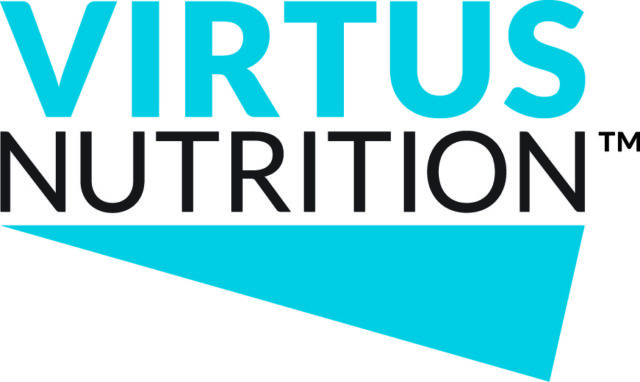As summer winds down, many dairies may see a little relief in sight as temperatures begin to cool down and the incidences of heat stress decrease. While heat stress is a common concern during these months, many producers may want to consider how the temperature is affecting their milk production and milk quality. According to the National Mastitis Council, poor milk quality isn’t cheap. The average case of mastitis costs a farmer $184, with two-thirds of that amount due to loss in milk production.
Keeping herds healthy and protected from the threat of mastitis can be extremely difficult, especially during the summer months.
Heat, humidity and other factors can make managing the potential for pathogenic bacteria even more challenging. Poor practices that might be tolerated during cooler parts of the year hold minimal to no forgiveness during the warmer months.
Dr. Roger Scaletti, a milk quality expert with Alltech, provides four areas that can keep your herd on the right path for peak productivity and assist you in managing or even working to prevent instances of mastitis in your herd:
1. Parlor routine can be very often overlooked, as simply getting cows milked two to three times a day, can be a feat in itself. When assessing parlor routine, ironically, some of the smallest things can make a world of difference.
Wearing gloves, making sure there is adequate predip coverage and keeping in mind the contact time of predip before it is wiped off are just some examples of small tasks that can pack a big punch.
Are all employees adequately following the standards that you have in place, leaving none out and completing them properly? Milking clean, dry, teats is the name of the game, and all employees should be working towards a common goal.
2. The environment that your cattle are housed in can also be a factor that can play a role in poor milk quality. Are your cows housed in mastitis infection yards, or are they in a well-ventilated dry area, with minimal contact to some of the key mastitis-causing bacteria?
3. When purchasing cattle, what kind of screening takes place before allowing these animals into your herd? Assessing milk culture and production records, as well as quarantining the animals before allowing them the ability to infect your entire herd, can help to minimize instances of introducing a new infection to your herd.
4. Teat end health is critical when it comes to avoiding infection in your herd. Milking equipment should be serviced routinely, as equipment not performing properly can cause teat end problems.
Using a five-point scoring system can help to analyze the condition of teat ends, as well as ensure that the bacteria-blocking keratin plug is able to fulfill its responsibilities. Teat ends should maintain a smooth structure, avoiding any lesions or fraying, as these rough surfaces can more easily allow bacteria to enter the gland.
Nutrition and the use of organic trace minerals can also play a key role in milk quality and can play a huge part in managing infections before they even occur. PD
—From Alltech news release
For more information about managing milk quality and the Alltech On-Farm Solutions and Support program, visit www.alltech.com or call (800) 289-8324.




